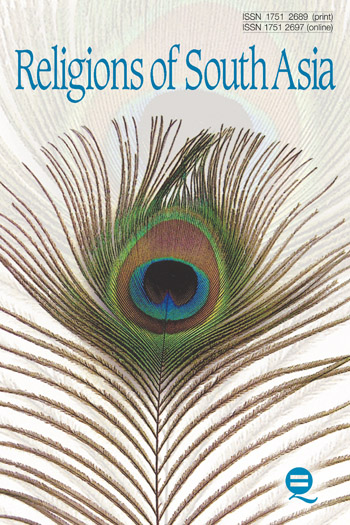Reviews
From Tapas to Modern Yoga is a subtle, incisive, radical ethnography of the relationship between transcendent self-discipline and embodied spiritual practice. It is deeply human and firmly grounded in the reality of actual experience in this world, even as it reflects an orientation toward alternative realities and experiences that transcend everyday social networks and connections.Joseph S. Alter, Professor of Anthropology, University of Pittsburgh









